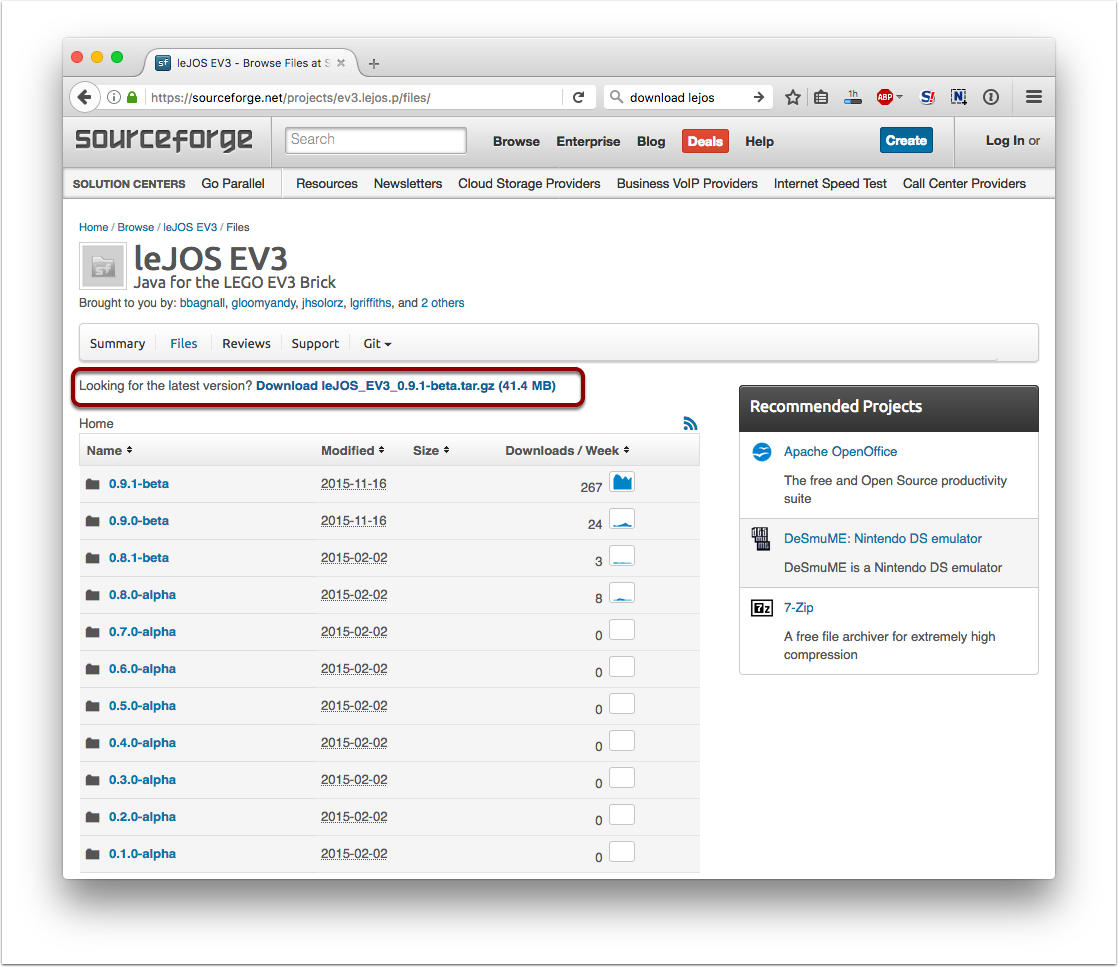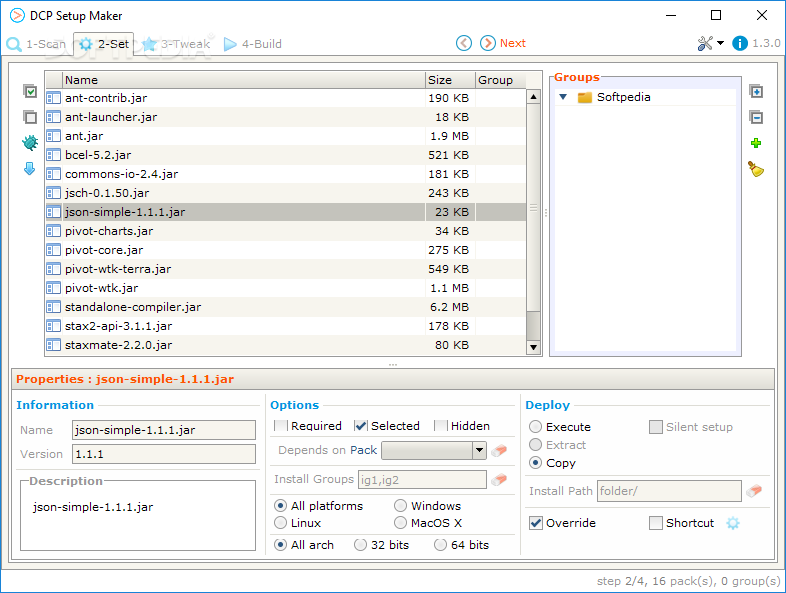

#Installer maker free java install#
In this last step, you can create a custom Amazon SageMaker image and install the packages through Conda or pip client. Install packages in SageMaker Studio notebooks.In this step, you use the lifecycle configuration feature to build a custom Conda environment and configure your PyPI client. Build an isolated dev environment with Amazon SageMaker notebook instances.You create a repository and set up AWS PrivateLink endpoints for CodeArtifact. Set up the Python Package Index (PyPI) repository using CodeArtifact.You create a bucket that hosts your Conda channels. Set up the Conda repository using Amazon Simple Storage Service (Amazon S3).Set up the Amazon SageMaker for internet-free mode.In this post, we cover the following steps:
#Installer maker free java how to#
We also describe how to integrate this environment with AWS CodeArtifact, which is a fully managed artifact repository that makes it easy for organizations of any size to securely store, publish, and share software packages used in your software development process. In this post, we learn how to set up such an environment for Amazon SageMaker notebook instances and SageMaker Studio. Therefore, you may choose to build your own isolated dev environments that contain your choice of packages and kernels. Although you can disable direct internet access to Sagemaker Studio notebooks and notebook instances, you need to ensure that your data scientists can still gain access to popular packages. However, many regulated industries, such as financial industries, healthcare, telecommunications, and others, require that network traffic traverses their own Amazon Virtual Private Cloud (Amazon VPC) to restrict and control which traffic can go through public internet.


Amazon SageMaker Studio notebooks and Amazon SageMaker notebook instances are internet-enabled by default.


 0 kommentar(er)
0 kommentar(er)
